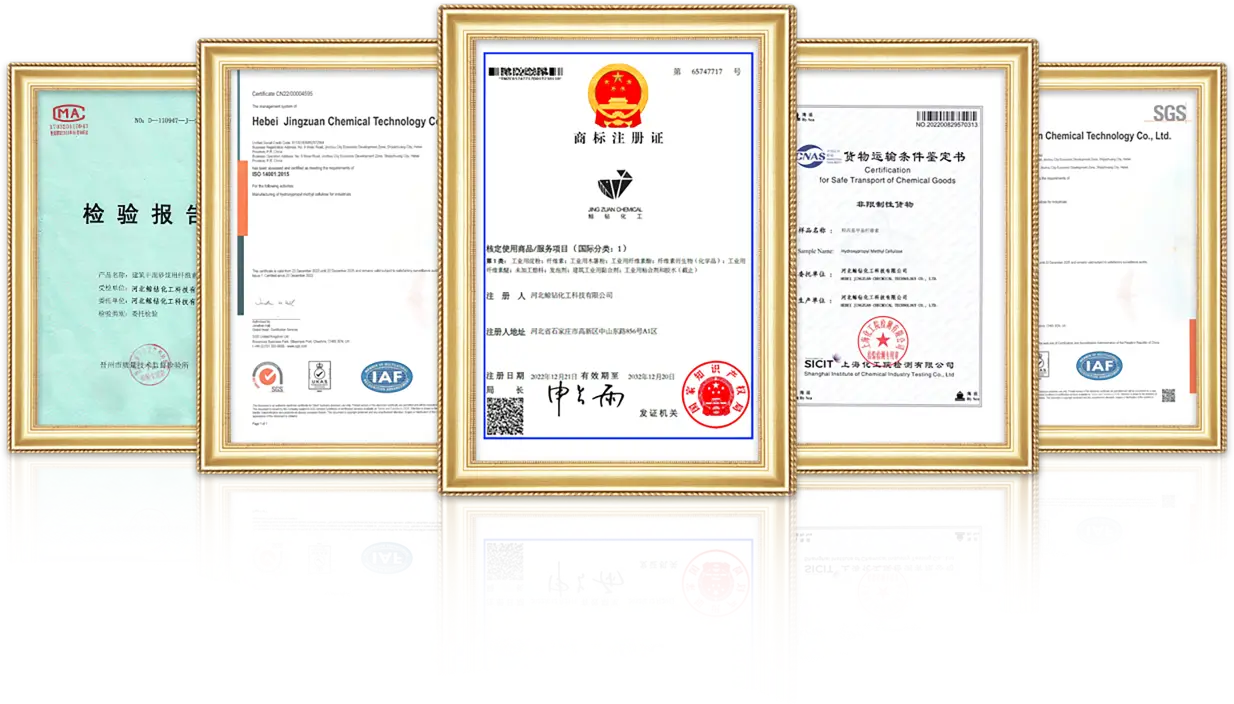
Նյմ . 30, 2024 17:42 Back to list
Optimizing HPMC Dispersion Techniques for Enhanced Performance in Various Applications
HPMC Dispersion A Comprehensive Overview
Hydroxypropyl Methylcellulose (HPMC) is a versatile and widely used polymer in various industries, including pharmaceuticals, construction, food, and cosmetics. Known for its thickening, gelling, and binding properties, HPMC is particularly significant in the formulation of dispersions. In this article, we will delve into the composition, properties, applications, and benefits of HPMC dispersion, providing a comprehensive understanding of its importance in modern formulations.
What is HPMC?
HPMC is a semi-synthetic polymer derived from cellulose, a natural biopolymer found in the cell walls of plants. By modifying cellulose through the addition of hydroxypropyl and methyl groups, HPMC is engineered to achieve desired solubility and viscosity. The degree of substitution, which refers to the number of hydroxyl groups replaced by hydroxypropyl and methyl groups, determines its functional properties, such as solubility in water and gel formation.
Properties of HPMC Dispersion
HPMC dispersions are characterized by several key properties that make them invaluable in various applications
1. Thickening and Viscosity HPMC is renowned for its ability to increase the viscosity of solutions. When dispersed in water, HPMC forms a stable gel-like consistency, making it ideal for applications that require a thickening agent.
2. Water Retention One of the standout features of HPMC is its ability to retain moisture. This property is particularly beneficial in construction and building materials, where moisture retention enhances performance and durability.
3. pH Stability HPMC exhibits good stability across a wide range of pH levels. This feature ensures that formulations maintain their effectiveness, even when exposed to varying environmental conditions.
4. Biocompatibility Since HPMC is derived from natural cellulose, it is biocompatible and non-toxic, making it suitable for pharmaceutical applications, such as drug formulations and coatings.
Applications of HPMC Dispersion
1. Pharmaceuticals In the pharmaceutical industry, HPMC is widely used as a binder in tablet formulations, a film-forming agent in coatings, and a thickening agent for suspensions. Its excellent film-forming properties enable the creation of controlled-release drug formulations, enhancing the bioavailability and efficacy of medications.
hpmc dispersion

2. Construction HPMC is a key ingredient in dry-mix mortars, adhesives, and plasters. Its water retention properties improve the workability and adhesion of construction materials, leading to enhanced durability and longevity of structures.
3. Food Industry In the food sector, HPMC acts as a stabilizer, emulsifier, and thickening agent in various products, including sauces, dressings, and ice creams. It helps to improve texture and maintain product consistency.
4. Cosmetics HPMC is utilized in personal care products as a thickening agent and stabilizer. It is often found in creams, lotions, and gels, where it enhances viscosity and provides a pleasing aesthetic texture.
Benefits of Using HPMC Dispersion
The incorporation of HPMC dispersion into formulations offers numerous advantages
- Versatility HPMC can be tailored to suit specific requirements, making it adaptable for various applications across different industries.
- Enhanced Performance The addition of HPMC improves the overall performance of products, contributing to their effectiveness and stability.
- Cost-Effectiveness HPMC is relatively inexpensive and helps to reduce production costs by enhancing the quality and performance of formulations without the need for additional expensive ingredients.
- Environmental Friendly Being derived from cellulose, HPMC is biodegradable and environmentally friendly, aligning with the growing demand for sustainable products.
Conclusion
HPMC dispersion plays a vital role across diverse industries due to its unique properties and versatility. Its applications in pharmaceuticals, construction, food, and cosmetics illustrate its importance in enhancing product performance and stability. As industries continue to seek innovative solutions for formulation challenges, HPMC dispersion will undoubtedly remain a key player, driving advancements and improvements across various fields. Understanding its capabilities and benefits will enable formulators to leverage its potential effectively, ensuring the development of high-quality products that meet consumer demands.
-
tile-bonding-additives-for-stronger-bonds
NewsAug.22,2025
-
construction-grade-rdp-for-wholesale-needs
NewsAug.22,2025
-
trusted-wholesale-hec-partners
NewsAug.22,2025
-
hec-solutions-for-industrial-excellence
NewsAug.22,2025
-
construction-additives-need-hpmc-essentials
NewsAug.22,2025
-
hpmc-versatile-cellulose-ether-for-industries
NewsAug.22,2025







